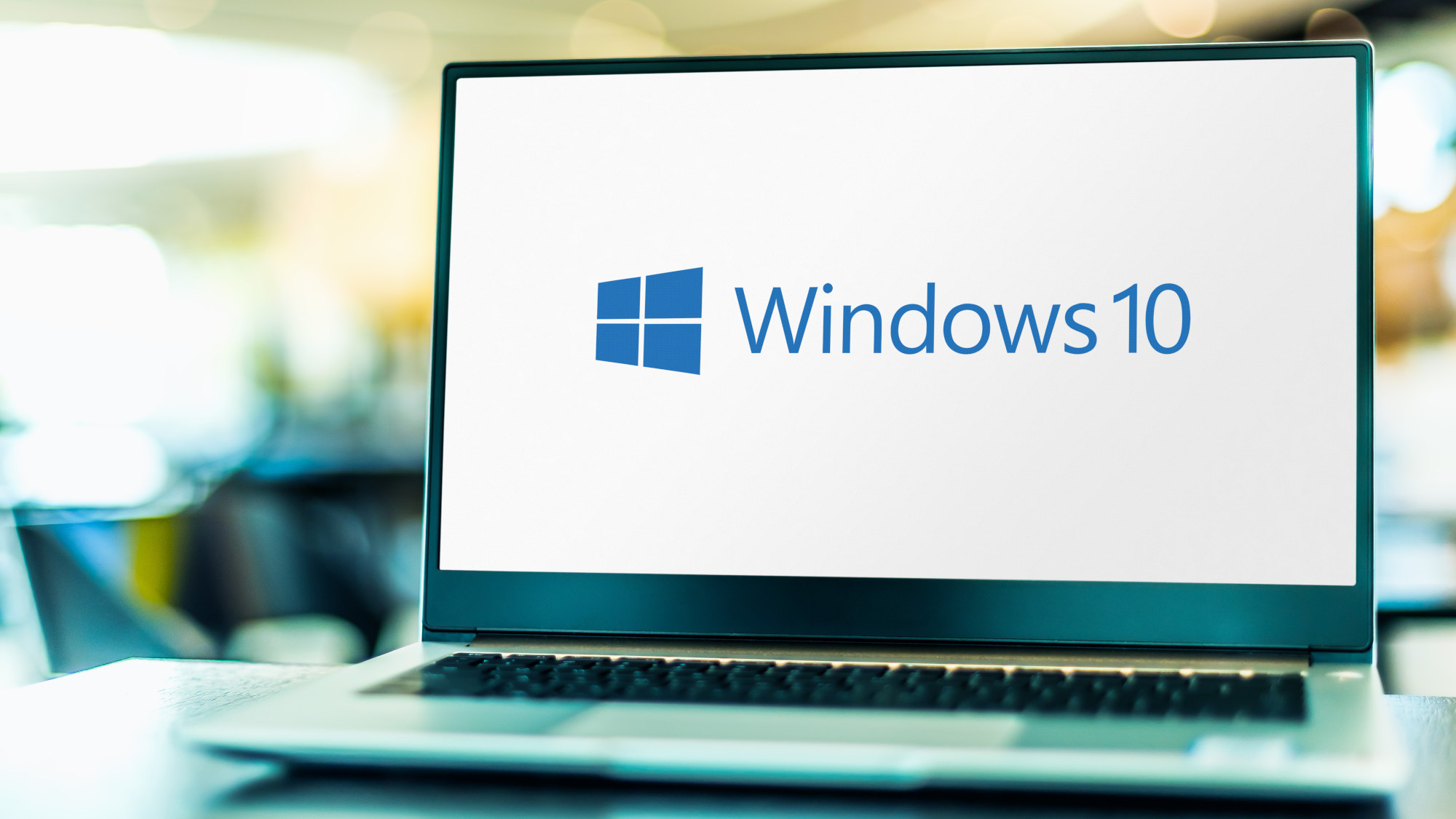
Embracing Windows 11 or Extending Windows 10 Support
Windows 10 Discontinuation and Extended Support
Effective October 14, 2025, Microsoft will discontinue regular updates for Windows 10. However, exceptions may be made for critical security flaws, as has been the case with older versions like Windows XP and Windows 7.
For individuals running Windows 10 who have not upgraded to Windows 11 due to insufficient system requirements, several options are available. Purchasing a new computer solely for system updates may seem unnecessary if the current computer is otherwise functional.
Microsoft offers an extended support plan for Windows 10, providing a year of continued security updates for approximately $30. This may be a viable option for those who desire a new computer with Windows 11 but prefer to wait until the following year.
Installing Windows 11 on Unsupported Systems
For computers that do not meet the official system requirements for Windows 11, there is a workaround that allows for installation. However, Microsoft warns against this approach, as it may compromise security due to the absence of TPM and Secure Boot features.
To install Windows 11 on unsupported systems, follow these steps:
- Use Rufus to create a bootable USB drive with Windows 11 ISO.
- Boot from the USB drive and open the Windows User Experience dialogue box.
- Tick the option "Remove the requirement for 4GB RAM, Secure Boot, and TPM 2.0."
- Install Windows 11 using the default settings, which will preserve personal files and programs.
Switching to Linux
For those willing to explore an alternative, switching to Linux offers robust capabilities and compatibility with many Windows programs and games through open-source projects.
Linux has numerous distributions with varying graphical interfaces and tools. A beginner-friendly option is Linux Mint, which provides a similar experience to Windows.
To install Linux Mint:
- Create a bootable USB drive with the ISO file.
- Boot from the USB drive and select the option to run Linux Mint Live.
- Double-click the "Install Linux Mint" icon and follow the on-screen instructions.
- Choose the appropriate hard drive for installation and erase its contents.
- Configure the installation options and wait for the process to complete.
Alternative Options for Unsupported Windows 10 Systems
In addition to the above solutions, consider these alternatives for unsupported Windows 10 computers:
- Give the computer away: Offer it to someone who can make use of it.
- Use as a home server: Set up a server for experimentation and projects.
- Use as a gaming computer without network connectivity: Copy games from a newer computer using a portable hard drive.
Protecting an Unsupported Windows 10 System
If you choose to continue running Windows 10 without updates, implement the following security measures:
- Keep programs up to date: Update browsers, email clients, and other essential software.
- Use antivirus software: Install a robust security suite and ensure it’s fully activated.
- Be vigilant online: Avoid visiting untrustworthy websites and exercise caution with downloads.
- Enable two-factor authentication: Use your mobile phone or an authentication app for added security.
- Use a firewall: Block unauthorized internet access and detect suspicious activity.
- Utilize DNS protection: Block advertisements and malicious websites.
- Minimize exposure: Use a different device with a more secure operating system for sensitive activities.
- Maintain backups: Create backups and store them offline to protect against extortion programs.
By following these recommendations, you can mitigate the security risks associated with running an unsupported Windows 10 system and maximize its lifespan.
